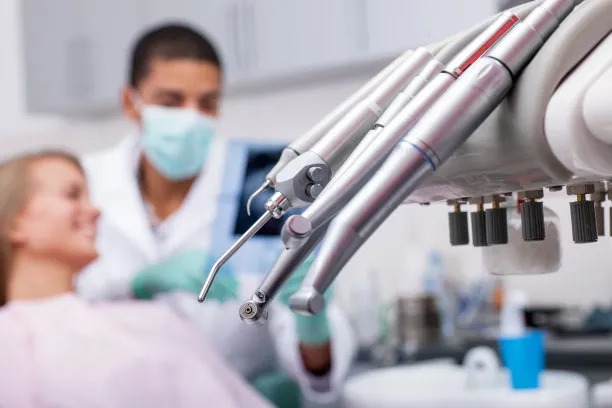The Essential Guide to Extracting a Tooth Safely and What to Expect During the Process
Summary: Extracting a tooth may be a daunting process, whether its due to decay, overcrowding, or infection. This essential guide takes you through the steps involved in safely extracting a tooth, what to expect during the procedure, and how to handle post-extraction care. Well explore why a tooth extraction may be necessary, the preparation required before the procedure, the process itself detailing the techniques used, and finally, the recovery phase. Understanding these aspects can help alleviate anxiety and ensure a successful experience at the dental office.
1. Understanding When Tooth Extraction is Necessary

Tooth extraction becomes necessary for various reasons. Commonly, it may be due to severe tooth decay that cannot be effectively treated with fillings or root canals. In such cases, the risk of infection may lead the dentist to recommend extraction as a safe and effective solution.
Another reason teeth may need to be extracted is overcrowding. When there isnt enough space in the jaw for all the teeth, orthodontic treatment may require the removal of certain teeth to make room for proper alignment. This is crucial for achieving the best possible outcome in orthodontic procedures.
Additionally, impacted teeth, especially wisdom teeth that fail to emerge properly, can cause pain, infection, or damage to adjacent teeth. Dentists often recommend their extraction to prevent complications and ensure overall oral health.
2. Preparing for the Tooth Extraction Procedure
Preparation for a tooth extraction typically involves a thorough examination by the dentist. This process may include X-rays to assess the tooths position and the surrounding bone structure, ensuring the most appropriate approach for the extraction.
Patients should also disclose their medical history, including any allergies or medications they may be taking, as this information can significantly impact the procedure and recovery process. The dentist may prescribe antibiotics or pain medications in advance to help mitigate potential complications.
Additionally, patients should follow pre-extraction guidelines, which generally include fasting for a certain period if sedation is used. These instructions ensure both the safety and efficacy of the extraction process.
3. The Steps Involved in Tooth Extraction
The extraction procedure begins with the administration of anesthesia, which can be local or general depending on the complexity of the extraction and the patients comfort level. The dentist will ensure that the targeted area is numb before proceeding.
Once anesthesia takes effect, the dentist will carefully loosen the tooth using specialized instruments. The method of extraction can vary; for simple extractions, manual techniques are employed, while surgical extraction may be necessary for teeth that are broken or embedded beneath the gum line.
After the tooth has been successfully removed, the dentist will place gauze over the extraction site to help control bleeding. Patients may receive specific aftercare instructions, and in some cases, stitching may be necessary to facilitate healing.
4. Managing Recovery After Tooth Extraction
Post-extraction recovery is crucial for ensuring proper healing. Patients can expect some swelling and discomfort, which can often be managed with over-the-counter pain medications as prescribed by the dentist.
Its vital to follow all aftercare instructions provided by the dentist, which may include dietary restrictions such as avoiding hard, chewy, or spicy foods for a few days. Staying hydrated and maintaining good oral hygiene is also essential while being cautious around the extraction site.
Patients should monitor for any signs of complications, such as excessive bleeding or signs of infection, and know when to contact their dentist. A typical recovery period may last from a few days up to a week, depending on the complexity of the extraction and each individuals healing process.
Summary:
In summary, understanding the necessity and process of tooth extraction can significantly alleviate the anxiety that surrounds dental procedures. From recognizing when extraction is needed to knowing what to expect during and after the procedure, this guide provides valuable insights for patients aiming for a smooth experience.
Taking proactive steps in preparation and recovery will not only ensure better results but also foster a more positive relationship with dental care. Prioritizing oral health is important, and tooth extraction, when done safely, can be a straightforward part of that journey.
This article is compiled by Vickong Dental and the content is for reference only



